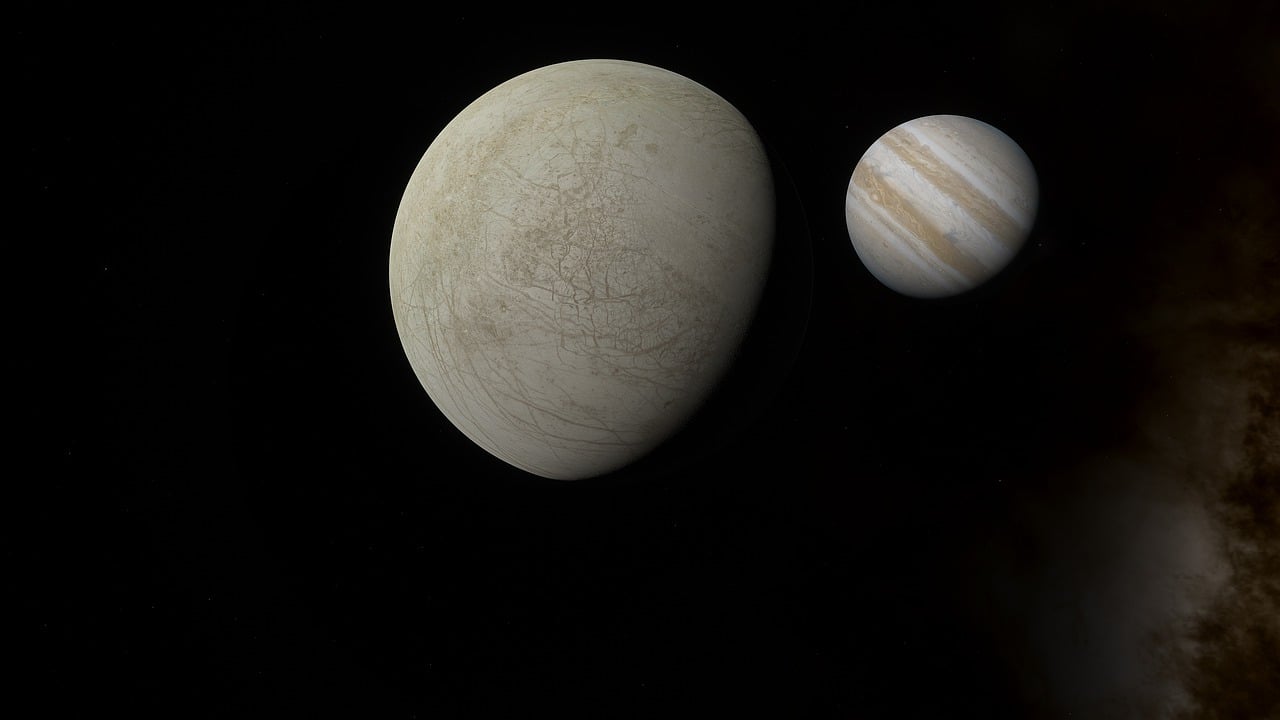
Pre-reading questions:
I will read each question. Then, please answer them.
講師がそれぞれの質問を読むので答えましょう。
- Are you interested in learning about planets?
- Have you ever heard about telescopes used in space exploration?
Vocabulary:
I will read the words, meanings, and sample sentences. Then, repeat after me.
単語、意味、例文を読みます。講師に続いて音読しましょう。
- blow /bloh/
- complete /kuhm-PLEET/
- percent /per-SENT/
- note /noht/
- absent /AB-suhnt/
[verb] – to move with force, especially air or wind
Strong gusts of wind can blow sand across the desert.
[verb] – to finish or bring to an end
She completes her homework before dinner every evening.
[noun] – a proportion or part per hundred
The store offered a discount of 20 percent on all electronics during the holiday sale.
[verb] – to observe or take notice of something and make a comment or remark about it
She always takes time to note the beauty of the sunset each evening.
[adjective] – not present or missing
The teacher noticed several absent students in class today.
Article reading:
Please read the whole article. Then, I will check your pronunciation and intonation.
記事を音読しましょう。講師はあなたの発音とイントネーションを確認します。
In 2005, HD 189733b became famous for its extreme features. This big, blue-gas planet, larger than Jupiter, has very hot temperatures and strong winds that blow molten glass through its atmosphere. Recently, astronomers used data from the James Webb Space Telescope to learn more about this interesting planet. HD 189733b is one of the most studied exoplanets and was the first to show signs of hydrogen sulfide, a gas that smells like rotten eggs. Guangwei Fu from Johns Hopkins University discovered hydrogen sulfide on HD 189733b, a “hot Jupiter” orbiting very close to its star, much closer than Jupiter to the Sun. It completes an orbit every two days with surface temperatures up to 1,700°F (930°C). This rare type of planet exists in less than one percent of star systems, 64 light-years away in the Vulpecula constellation. Luis Welbanks of Arizona State University noted its similarities to Jupiter and unique thermal characteristics. The James Webb Space Telescope, which has been studying it since 2022, found hydrogen sulfide, water, and carbon dioxide, with methane notably absent, offering insights into planetary formation and the solar system.
True or False:
Read the sentences and identify if they are true or false based on the article.
文章を読んで、記事に基づいて正誤を答えましょう。
- HD 189733b is located 64 light-years away in the Vulpecula constellation.
- HD 189733b became famous for its extreme features.
- It completes an orbit every two days around its star.
- Astronomers used data from the James Webb Space Telescope to study HD 189733b.
- Luis Welbanks noted that HD 189733b has unique thermal characteristics similar to those of Earth.
Fill in the blanks:
Choose the correct word from the table, then fill in the blanks.
適切な言葉を選んで空欄を埋めましょう。
| blow | completed | percent | note | absent |
- The company had __________ its annual financial audit by the end of March.
- The cat was __________ from its usual spot.
- The storm will __________ through the region by tomorrow morning.
- The teacher asked the students to __________ down the main points of the lecture for their review later.
- Experts estimate that less than one __________ of the population has this rare genetic condition.